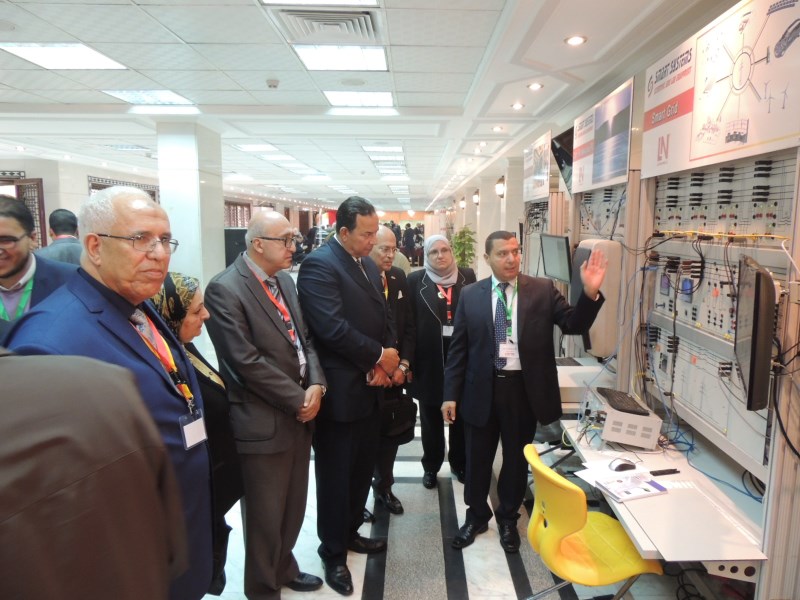COURSE – ELECTRIC MACHINES 2: ASYNCHRONOUS MACHINES
- 1 Experiment card with stator and three-phase winding, run-up and operating capacitor and temperature sensor with constant current source
- 3 Rotors: squirrel-cage, permanent-magnet, rotor with open winding
- Stroboscope with extra-bright LED
- CD-ROM with Labsoft browser and course software
- Identifying the most common applications of rotating field machines
- Explanation of the principles of electromagnetic induction
- Explanation of the design and function of rotating field machines
- Explanation of the differences between motor and generator operation
- Introduction to the key components of a rotating field machine, the rotor and stator
- Experimental demonstration of how torque arises and of the generator principle
- Creation of a rotating magnetic field by rotating field machines: experimental demonstration of a rotating magnetic field in the stator
- Introduction to the principle of a 3-phase transformer
- Investigation by measurement of three-phase machines in star and delta configurations.
- Measurement of phase-to-phase and line-to-line voltage and current
- Measurement of rotor voltage and current
- Interpreting a rating plate
- Nominal data and characteristic parameters, power factor, pole-pairs, torque, speed and slip
- Design and function of asynchronous machines
- Investigation of a squirrel-cage rotor, frequency response characteristics, reversal of rotation
- Investigation by measurement of the operating response of a synchronous machine with a permanent magnet rotor
- Introduction to the principle of a capacitor motor (Steinmetz circuit)
- Investigation by measurement of the operating response of a capacitor motor
- Explanation of the importance of temperature monitoring in electrical machines
- Measurement of winding temperature in running machines
- Fault simulation (4 simulated faults activated by relay)
- Course duration. 5.5 h approx.







